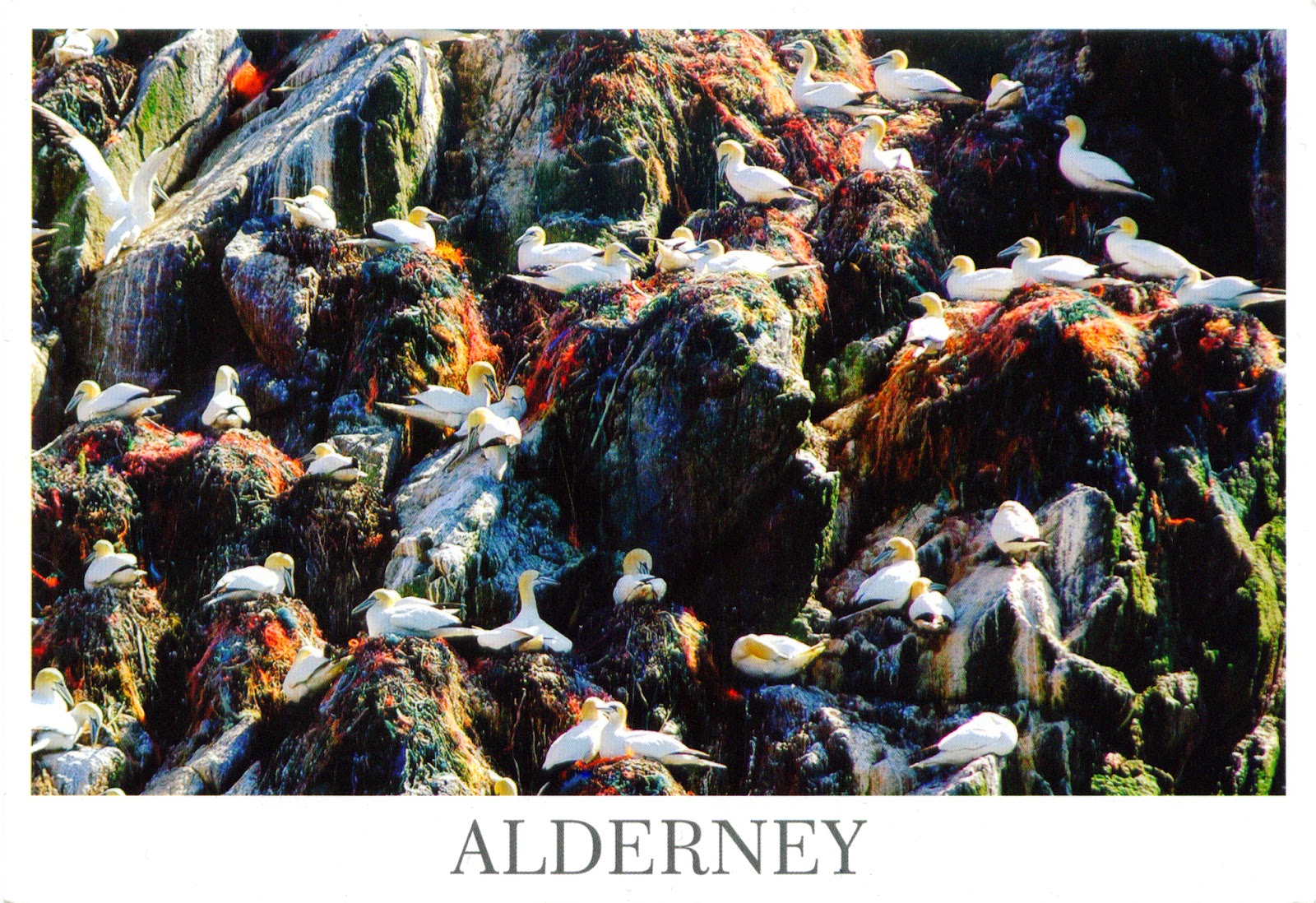![]() |
0922 - Tarnobrzeg - Square Bartosz Glowacki
The Dominican Church and Convent of Assumption of Mary |
|
Posted on 29.12.2013, 28.03.2015
Founded in 1593, during the golden age of Poland, in the
Sandomierz Basin, on the east bank of the
river Vistula, to become the residence of the
Tarnowski family,
Tarnobrzeg remained a small town until the post-WWII period, when it became center of an industrial area, based on rich sulfur deposits. In 1772 it was incorporated in the
Austrian Empire and remained in the
province of Galicia until November 1918, when was declared the short-lived
Republic of Tarnobrzeg. In 1919, the town became part of
Lwow Voivodeship of the
Second Polish Republic. Between 1975 and 1998 was the capital of
Tarnobrzeg Voivodeship, since 1999 is situated in the
Subcarpathian Voivodeship, and directly borders the town of
Sandomierz.
![]() |
0923 - Tarnobrzeg - Square Bartosz Glowacki
Statue of Bartosz Glowacki |
The heart of the town is the
Square Bartosz Glowacki. Until the 19th century the all buildings were made of wood, but in 1888 a fire destroyed almost the entire city, the houses being rebuilt with bricks.
The Dominican Church and Convent of Assumption of Mary was founded in 1677. A year later the holy icon of Our Lady of Dzików was transferred from
Dzików Castle to the monastery and since then the church became the Sanctuary of Our Lady of Dzików. Destroyed in 1703, was rebuilt in 1706, in
Baroque style. Sometimes it's considered as the Our Lady of Tarnobrzeg or Queen of Sulfur Fields. In the north-eastern of the square is a
statue of Bartosz Glowacki by Wladyslaw Korpal, erected on the initiative of the residents in 1904. In this way, the peasant became national hero in anti-Russian and anti-Prussian
Kościuszko Uprising in 1794, has reached a sort of symbol of Tarnobrzeg, although in reality there is nothing to do with him.
![]() |
| 1503 - Tarnobrzeg - Dzików Castle |
Dzików Castle, or Tarnowski Family Castle in Dzików is a 15th-century (or perhaps a 14th-century) castle with the park complex and gardens. It was the site of
Dzików Confederation of 5 November 1734, organized in order to reinstate
Stanisław I Leszczyński as king of Poland after the death of
August II the Strong. Over the years, the Tarnowski family acquired an impressive art collection housed in the Castle, which were, unfortunately, sold, seized, removed or lost in the 20th century. From 2007, the palace was under renovation, and in 2011, the ollections of the Historical Museum of the City of Tarnobrzeg was moved to the castle.
Read more »

















































